Home>Furniture & Design>Bathroom Accessories>How Often Should You Change Oral-B Toothbrush Head
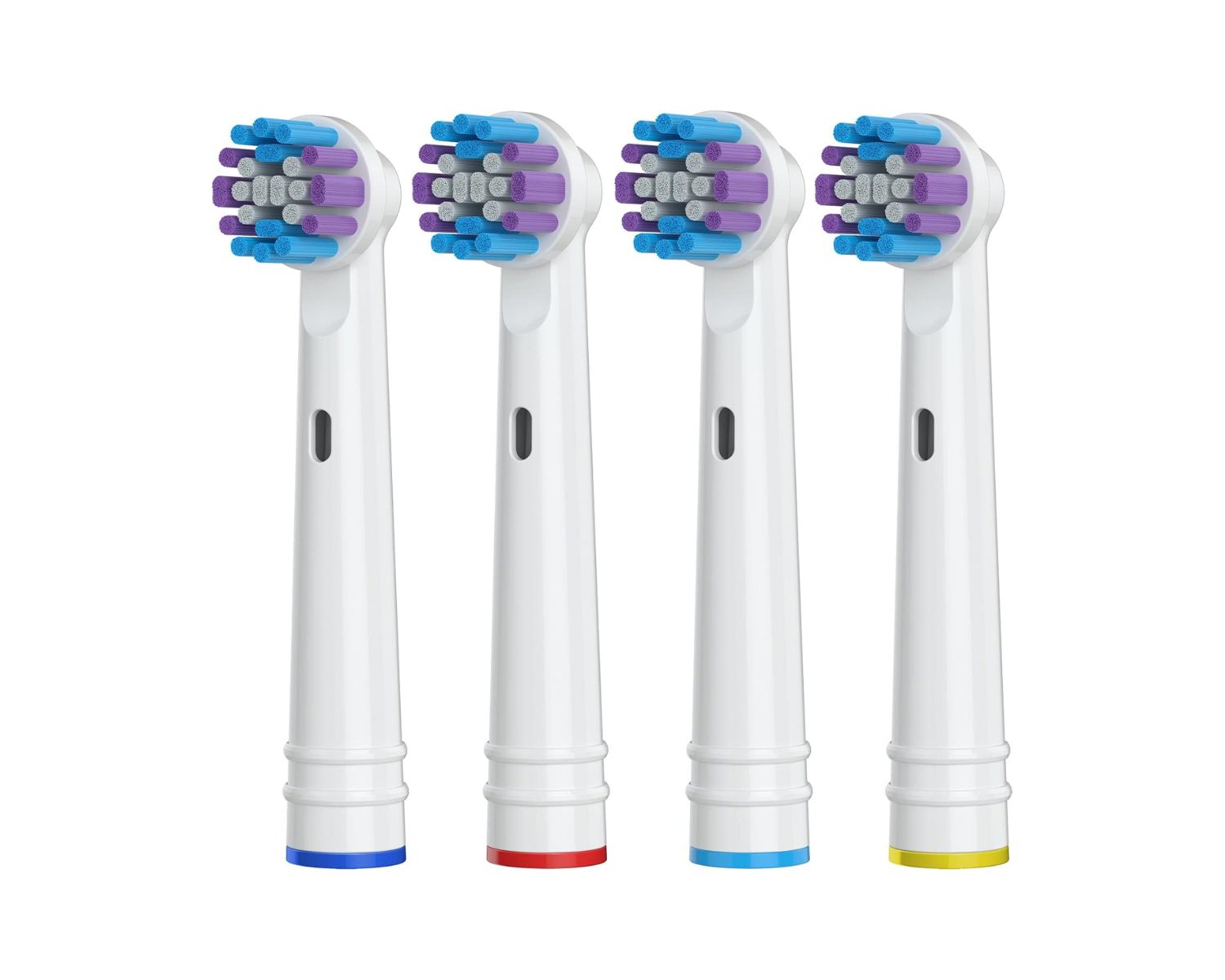

Bathroom Accessories
How Often Should You Change Oral-B Toothbrush Head
Modified: April 22, 2024
Discover the ideal frequency for replacing your Oral-B toothbrush head and maintaining optimal oral hygiene. Find out more about bathroom accessories and oral care tips.
(Many of the links in this article redirect to a specific reviewed product. Your purchase of these products through affiliate links helps to generate commission for Storables.com, at no extra cost. Learn more)
Introduction
Maintaining good oral hygiene is essential for overall health, and one of the key components of a healthy oral care routine is using an effective toothbrush. When it comes to electric toothbrushes, Oral-B is a popular and trusted brand known for its advanced technology and high-quality dental care products. However, to ensure optimal oral health, it's crucial to pay attention to the condition of the toothbrush head and know when it's time for a replacement.
In this article, we will delve into the important topic of how often you should change your Oral-B toothbrush head. Understanding the significance of this routine maintenance task and the factors to consider when determining the frequency of replacement can help you maximize the effectiveness of your oral care routine. By the end of this article, you will have a clear understanding of the recommended frequency for changing your Oral-B toothbrush head and the signs that indicate it's time for a replacement.
Let's explore the significance of this often overlooked aspect of oral care and gain valuable insights into maintaining a healthy and effective dental hygiene routine.
Key Takeaways:
- Regularly changing your Oral-B toothbrush head every 3-4 months is crucial for effective cleaning and preventing bacteria buildup, promoting long-term oral health.
- Signs like frayed bristles, reduced cleaning performance, and indicator bristles fading indicate it’s time to replace your Oral-B toothbrush head for optimal oral hygiene.
Importance of Changing Toothbrush Head
Regularly changing the toothbrush head is a crucial aspect of maintaining good oral hygiene. Over time, the bristles of a toothbrush, including those of an Oral-B electric toothbrush, undergo wear and tear due to regular use. This wear and tear can lead to a decrease in the effectiveness of the toothbrush in removing plaque and debris from the teeth and gums. As a result, failing to replace the toothbrush head at the appropriate intervals can compromise the overall quality of oral care.
Furthermore, the accumulation of bacteria and germs on the bristles of the toothbrush head is a significant concern. Every time the toothbrush is used, it comes into contact with bacteria present in the mouth. If the toothbrush head is not replaced regularly, these bacteria can multiply and spread, posing a potential risk of oral infections and other oral health issues.
In the case of electric toothbrushes, the bristles may become frayed or worn out, diminishing their ability to effectively clean the teeth and gums. This can lead to inadequate plaque removal, which is essential for preventing dental issues such as cavities, gingivitis, and periodontal disease.
Moreover, an old or worn-out toothbrush head may not provide the necessary stimulation to the gums, which is vital for maintaining gum health and preventing gum disease. By changing the toothbrush head at the recommended intervals, individuals can ensure that their oral care routine remains effective in promoting overall oral health.
In summary, the importance of changing the toothbrush head, particularly for Oral-B electric toothbrushes, cannot be overstated. Doing so is essential for maintaining optimal oral hygiene, preventing the accumulation of bacteria, and ensuring the toothbrush continues to effectively clean the teeth and gums. Understanding the significance of this simple yet crucial practice can contribute to a healthier and more effective oral care routine.
Factors to Consider
When determining how often to change the toothbrush head of an Oral-B electric toothbrush, several factors should be taken into account to ensure optimal oral hygiene. Understanding these factors can help individuals make informed decisions regarding the frequency of replacement, ultimately contributing to a more effective oral care routine.
-
Usage Frequency: The frequency of use plays a significant role in determining how often the toothbrush head should be replaced. Individuals who brush their teeth more frequently, such as after every meal, may need to replace the toothbrush head more often than those who adhere to a standard brushing routine.
-
Brushing Technique: The manner in which an individual brushes their teeth can impact the wear and tear on the toothbrush head. Aggressive brushing, using excessive pressure, or brushing with a back-and-forth scrubbing motion can accelerate the deterioration of the bristles, necessitating more frequent replacements.
-
Individual Oral Health Needs: The oral health needs of each individual can vary, and this can influence the frequency of toothbrush head replacement. For example, individuals with specific dental conditions or orthodontic appliances may require more frequent replacements to ensure effective plaque removal and oral care.
-
Environmental Factors: Environmental conditions, such as high humidity, can affect the longevity of the toothbrush head. In humid environments, the bristles may deteriorate more quickly, warranting more frequent replacements to maintain optimal oral hygiene.
-
Indicator Bristles: Some Oral-B toothbrush heads are equipped with indicator bristles that fade over time, serving as a visual cue to indicate when it's time for a replacement. Monitoring these indicator bristles can help individuals determine the appropriate timing for changing the toothbrush head.
-
Individual Preferences: While there are general recommendations for replacing toothbrush heads, individual preferences and comfort levels also play a role. Some individuals may prefer to replace the toothbrush head more frequently for a consistently fresh brushing experience.
-
Manufacturer Recommendations: It's essential to consider the specific recommendations provided by the manufacturer. Oral-B may offer guidelines or suggestions regarding the optimal replacement intervals for their toothbrush heads, taking into account the design and materials used in their products.
By considering these factors, individuals can make informed decisions regarding the frequency of replacing their Oral-B toothbrush heads, ensuring that their oral care routine remains effective and conducive to maintaining optimal oral health.
It is recommended to change your Oral-B toothbrush head every 3 months, or sooner if the bristles are frayed. This ensures effective cleaning and prevents bacteria buildup.
Recommended Frequency
The recommended frequency for changing the toothbrush head of an Oral-B electric toothbrush is an essential aspect of maintaining optimal oral hygiene. While there is no one-size-fits-all answer, general guidelines can help individuals determine the appropriate timing for replacement. Typically, dental professionals and Oral-B recommend replacing the toothbrush head every three to four months. This timeframe aligns with the natural wear and tear that occurs as the bristles undergo regular use.
The three to four-month recommendation takes into account the gradual deterioration of the bristles, which can impact the toothbrush's effectiveness in removing plaque and debris from the teeth and gums. By adhering to this recommended frequency, individuals can ensure that their Oral-B electric toothbrush continues to provide thorough and efficient cleaning, contributing to overall oral health.
It's important to note that the three to four-month guideline serves as a general recommendation and may need to be adjusted based on individual factors. As previously mentioned, factors such as usage frequency, brushing technique, oral health needs, environmental conditions, and indicator bristles can influence the ideal replacement interval for the toothbrush head. Therefore, individuals should assess these factors and consider their unique circumstances when determining the most suitable frequency for replacing their Oral-B toothbrush head.
Additionally, some Oral-B toothbrush heads are equipped with indicator bristles that fade over time, signaling the need for a replacement. Monitoring these indicator bristles can provide a visual cue to help individuals gauge when it's time to change the toothbrush head, complementing the general three to four-month guideline.
Ultimately, the recommended frequency for changing the toothbrush head of an Oral-B electric toothbrush is a balance between following general guidelines and considering individual factors that may warrant more frequent or less frequent replacements. By staying mindful of these considerations and maintaining a proactive approach to oral care, individuals can optimize the effectiveness of their oral hygiene routine and promote long-term oral health.
In summary, while the three to four-month timeframe serves as a standard recommendation, individuals should assess their unique circumstances and consider factors such as usage frequency, brushing technique, oral health needs, environmental conditions, indicator bristles, and manufacturer recommendations to determine the most suitable frequency for replacing their Oral-B toothbrush head. This proactive approach can contribute to a more effective oral care routine and support overall oral health.
Signs It's Time to Change
Recognizing the signs that indicate it's time to change the toothbrush head of an Oral-B electric toothbrush is essential for maintaining optimal oral hygiene. While adhering to the recommended three to four-month replacement interval is important, certain indicators can prompt individuals to replace the toothbrush head sooner. By being attentive to these signs, individuals can ensure that their oral care routine remains effective and conducive to promoting overall oral health.
-
Bristle Wear and Fraying: One of the most noticeable signs that it's time to change the toothbrush head is the wear and fraying of the bristles. Over time, the bristles of the toothbrush head may become splayed, bent, or frayed, indicating that they have lost their effectiveness in cleaning the teeth and gums. If the bristles appear visibly worn or uneven, it's a clear indication that the toothbrush head requires replacement.
-
Loss of Bristle Flexibility: As the toothbrush head ages, the bristles may lose their flexibility and resilience. When the bristles no longer exhibit the necessary flexibility to adapt to the contours of the teeth and gums, they are less effective in removing plaque and debris. Individuals may notice a decrease in the overall effectiveness of their brushing experience, signaling the need for a new toothbrush head.
-
Discoloration or Staining: Discoloration or staining of the bristles can occur over time, particularly in areas where bacteria and debris accumulate. If the bristles appear discolored or stained despite regular cleaning, it indicates the presence of accumulated bacteria and impurities. This visual cue serves as a clear indication that the toothbrush head should be replaced to maintain optimal oral hygiene.
-
Reduced Cleaning Performance: Individuals may notice a decline in the overall cleaning performance of their electric toothbrush. This can manifest as a decrease in the sensation of cleanliness after brushing or a perception that the toothbrush is no longer effectively removing plaque. If the cleaning performance becomes noticeably diminished, it's a strong indication that the toothbrush head is no longer providing the desired level of oral care and should be replaced.
-
Indicator Bristles: For individuals using Oral-B toothbrush heads equipped with indicator bristles, monitoring the color change of these bristles is an effective way to determine when it's time for a replacement. As the indicator bristles fade over time, reaching a predetermined color or level of fading, it serves as a visual cue that prompts individuals to change the toothbrush head.
By being mindful of these signs and promptly addressing the need for a replacement, individuals can ensure that their Oral-B electric toothbrush continues to provide effective and thorough cleaning, contributing to long-term oral health.
In summary, recognizing the signs that indicate it's time to change the toothbrush head, such as bristle wear and fraying, loss of bristle flexibility, discoloration or staining, reduced cleaning performance, and monitoring indicator bristles, is crucial for maintaining optimal oral hygiene. By staying attentive to these indicators and proactively replacing the toothbrush head when necessary, individuals can uphold a high standard of oral care and promote overall oral health.
Read more: How Do You Remove Oral-B Toothbrush Head
Conclusion
In conclusion, the frequency of changing the toothbrush head of an Oral-B electric toothbrush is a critical aspect of maintaining optimal oral hygiene. By understanding the importance of this routine maintenance task and considering various factors such as usage frequency, brushing technique, and individual oral health needs, individuals can make informed decisions regarding the ideal timing for replacement.
The recommended frequency for changing the toothbrush head typically falls within the range of three to four months, aligning with the natural wear and tear that occurs as the bristles undergo regular use. However, it's essential to recognize that individual circumstances and factors such as environmental conditions and manufacturer recommendations can influence the ideal replacement interval.
Moreover, being attentive to signs such as bristle wear and fraying, loss of bristle flexibility, and reduced cleaning performance can prompt individuals to replace the toothbrush head sooner, ensuring that their oral care routine remains effective and conducive to promoting overall oral health.
By adhering to the recommended frequency for changing the toothbrush head and promptly addressing signs that indicate the need for a replacement, individuals can optimize the effectiveness of their oral hygiene routine and contribute to long-term oral health. This proactive approach, coupled with a thorough understanding of the significance of toothbrush head maintenance, can lead to a healthier and more effective oral care experience.
In essence, the simple act of regularly changing the toothbrush head of an Oral-B electric toothbrush plays a pivotal role in promoting oral health and preventing potential oral hygiene issues. By staying mindful of the recommended frequency, individual factors, and signs that indicate the need for a replacement, individuals can uphold a high standard of oral care, ensuring that their oral hygiene routine remains effective and conducive to long-term oral health.
Frequently Asked Questions about How Often Should You Change Oral-B Toothbrush Head
Was this page helpful?
At Storables.com, we guarantee accurate and reliable information. Our content, validated by Expert Board Contributors, is crafted following stringent Editorial Policies. We're committed to providing you with well-researched, expert-backed insights for all your informational needs.
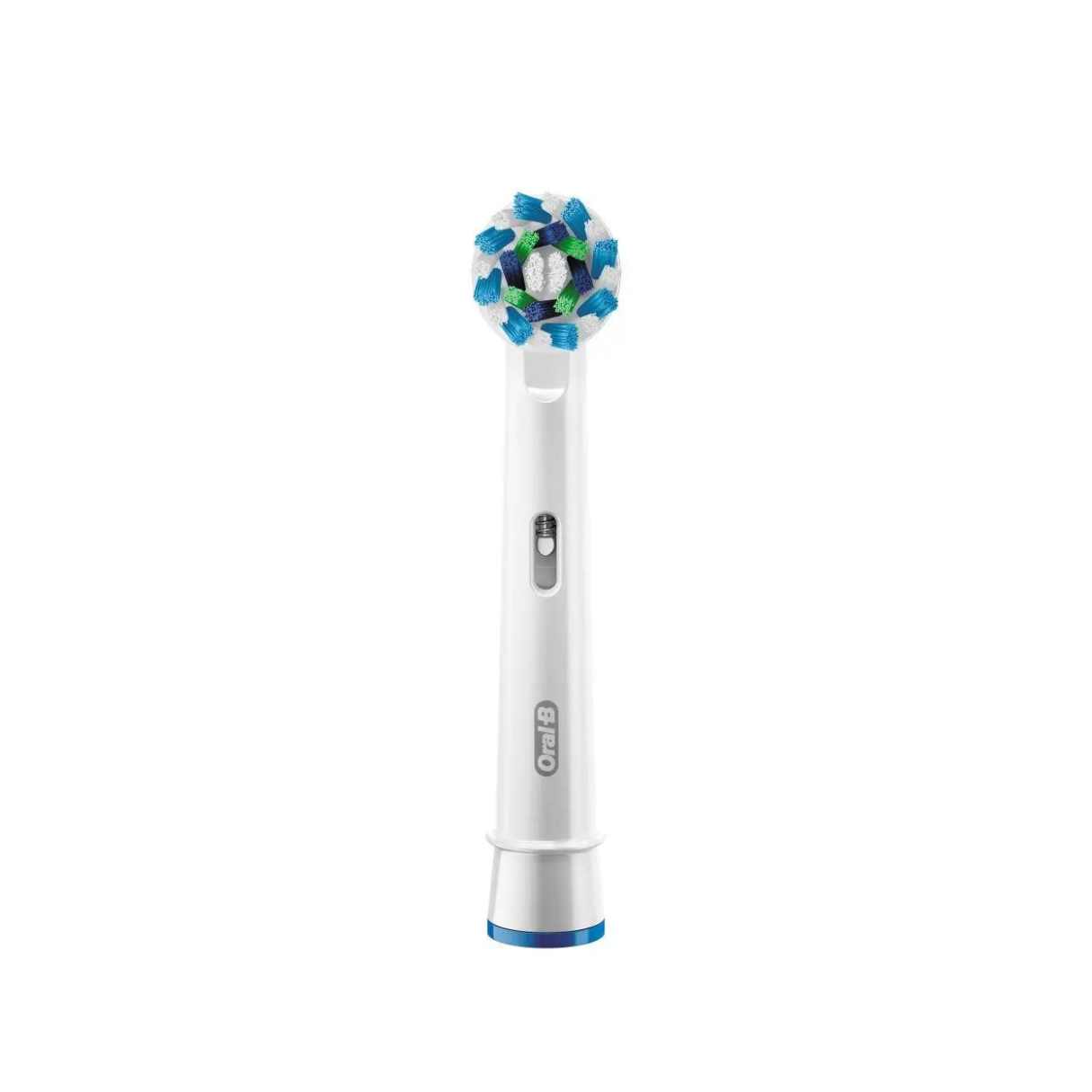
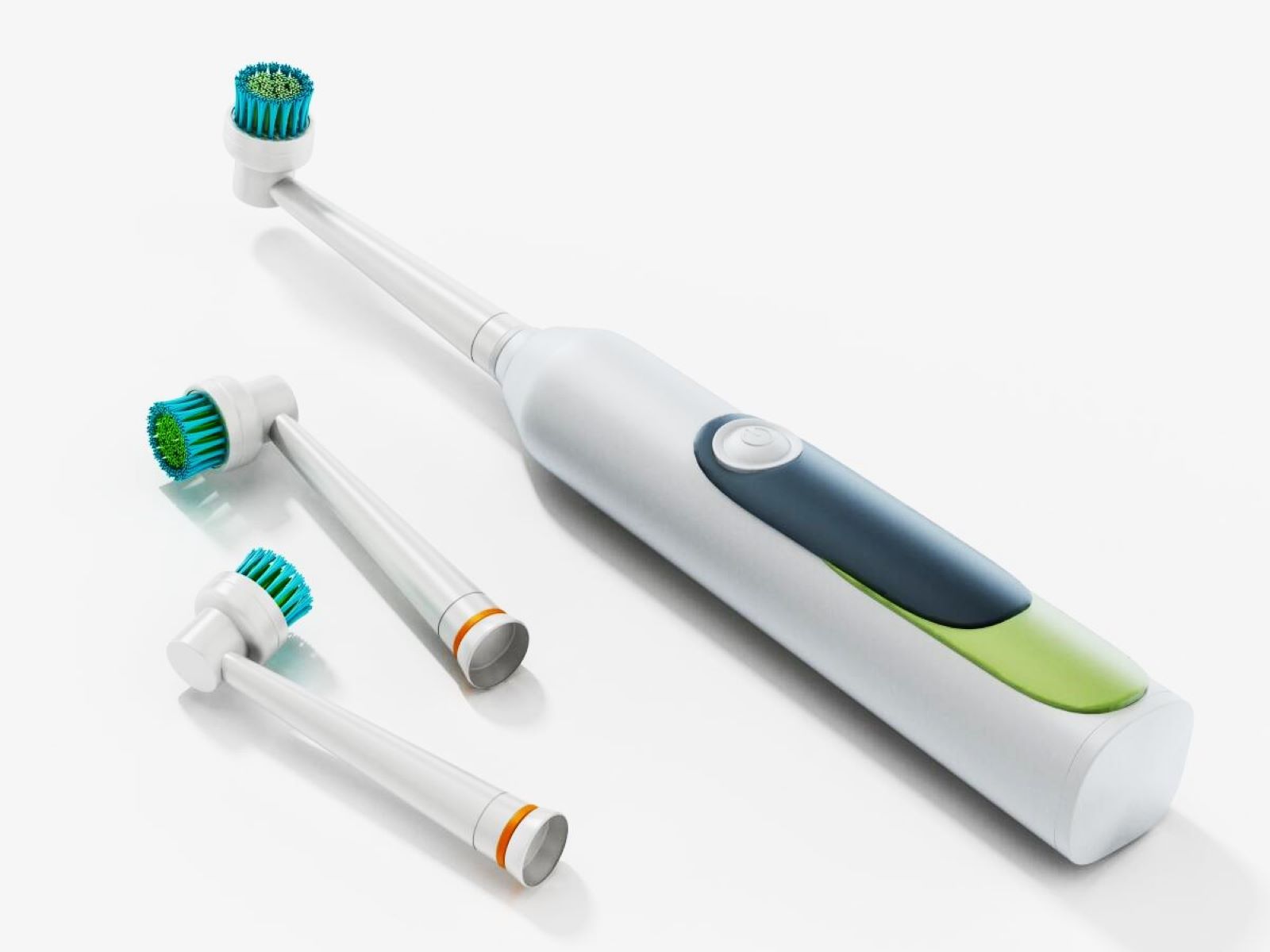

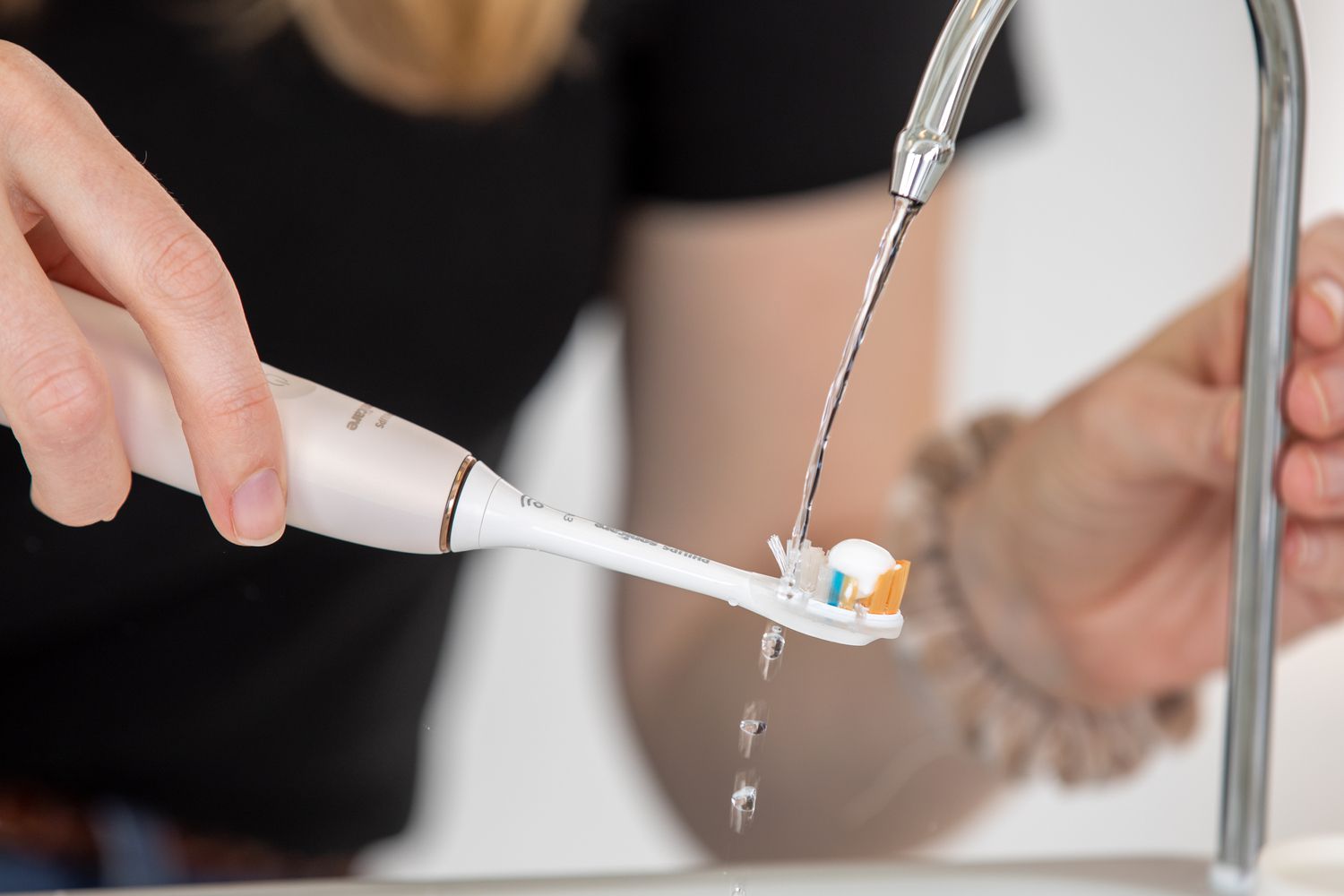
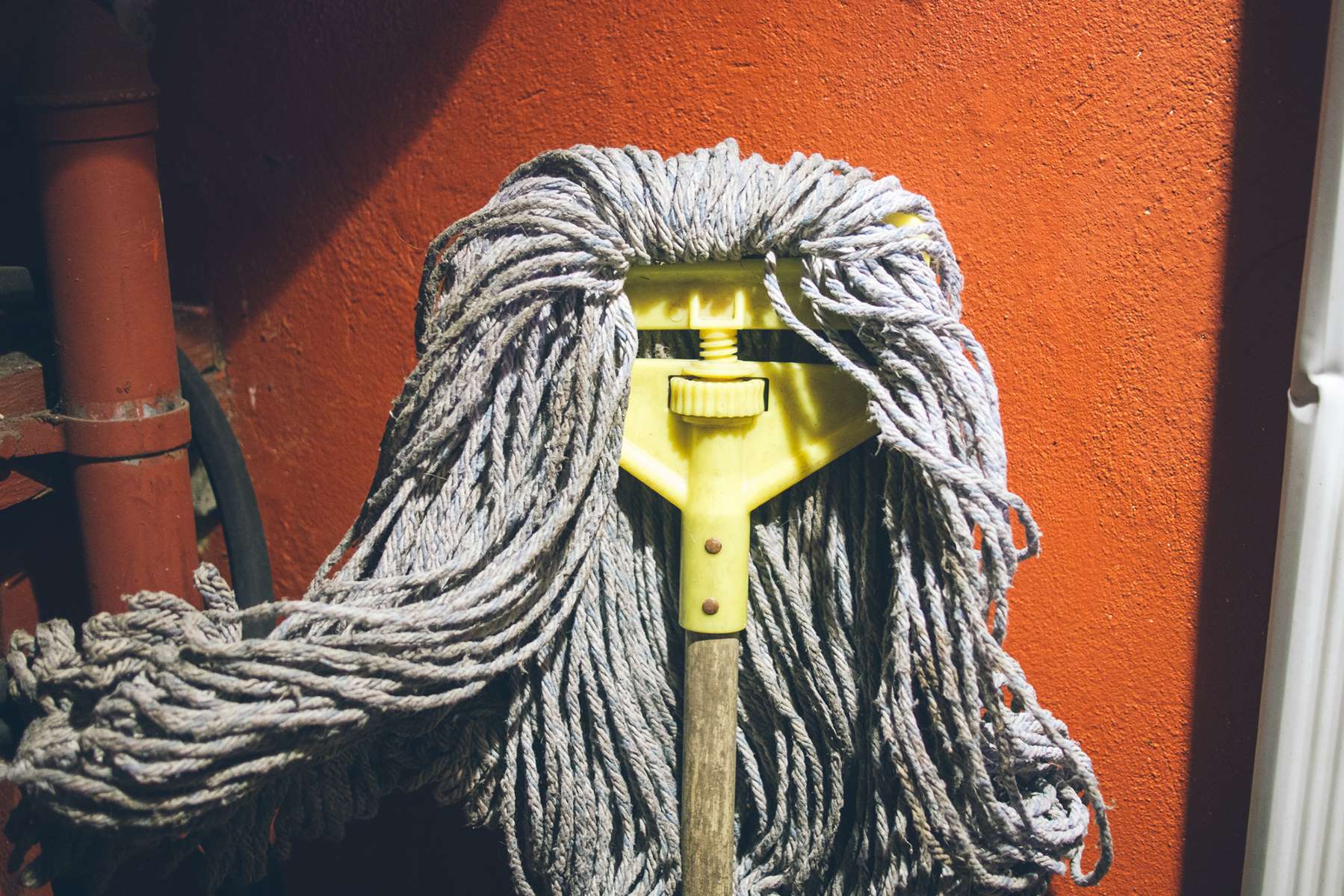
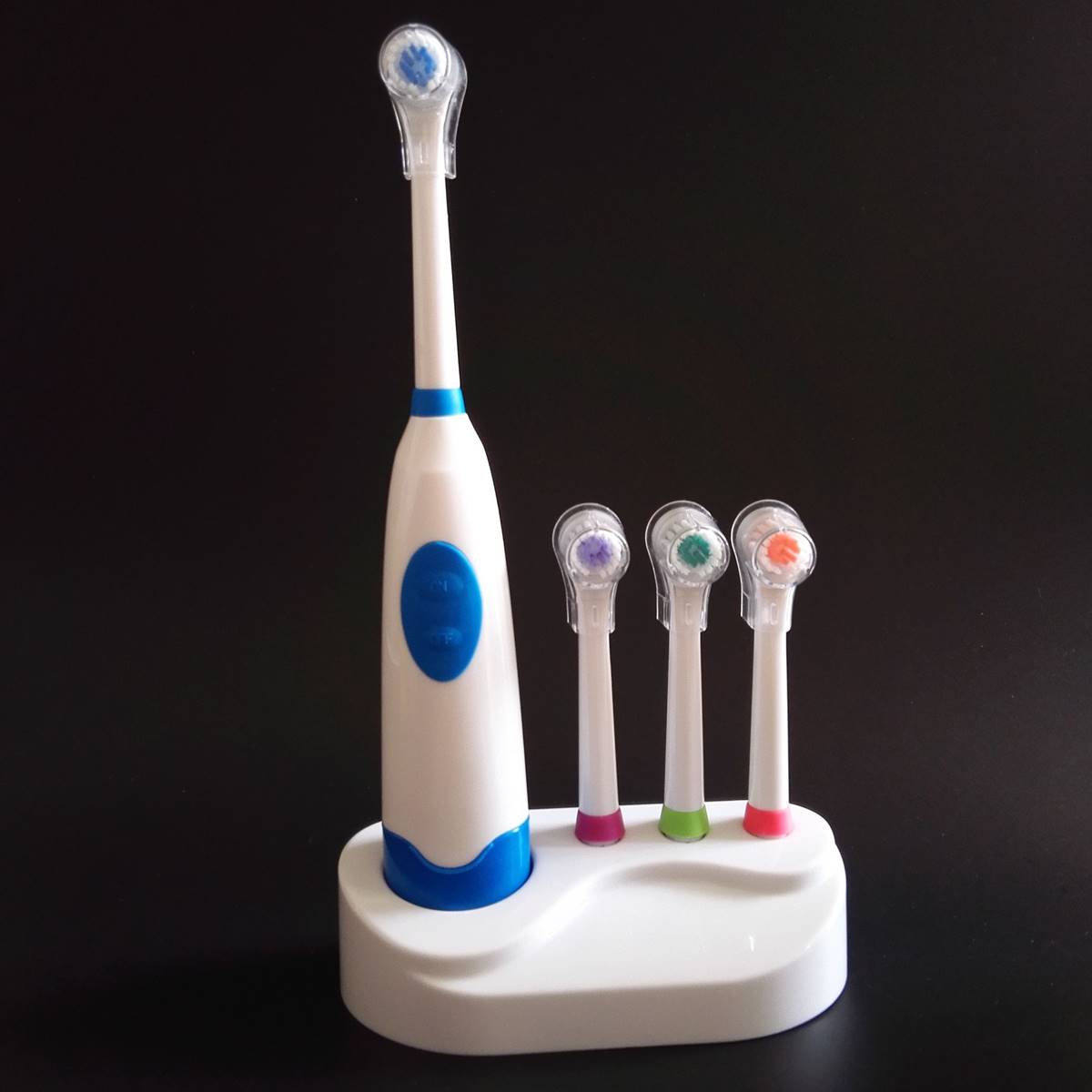
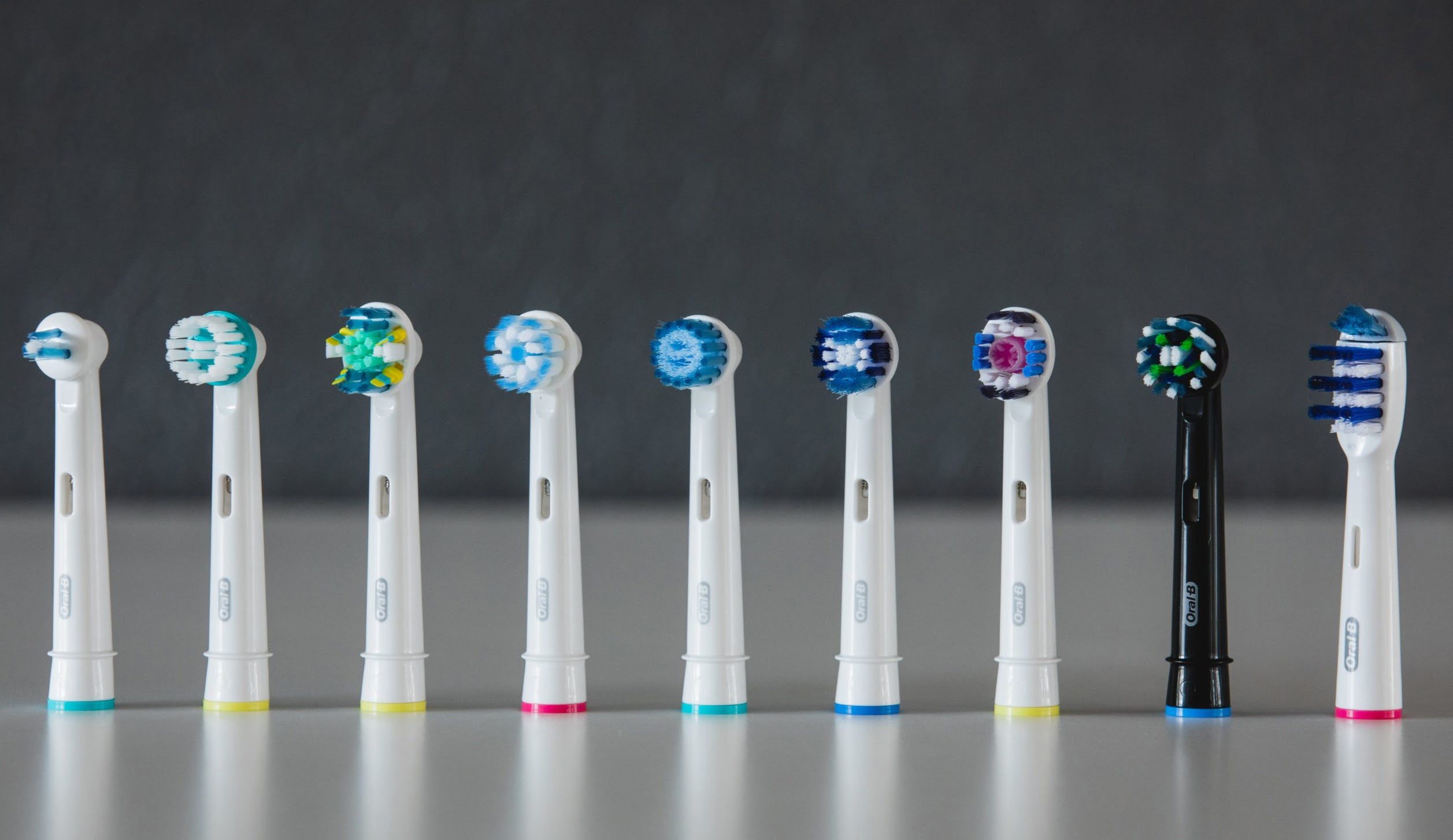
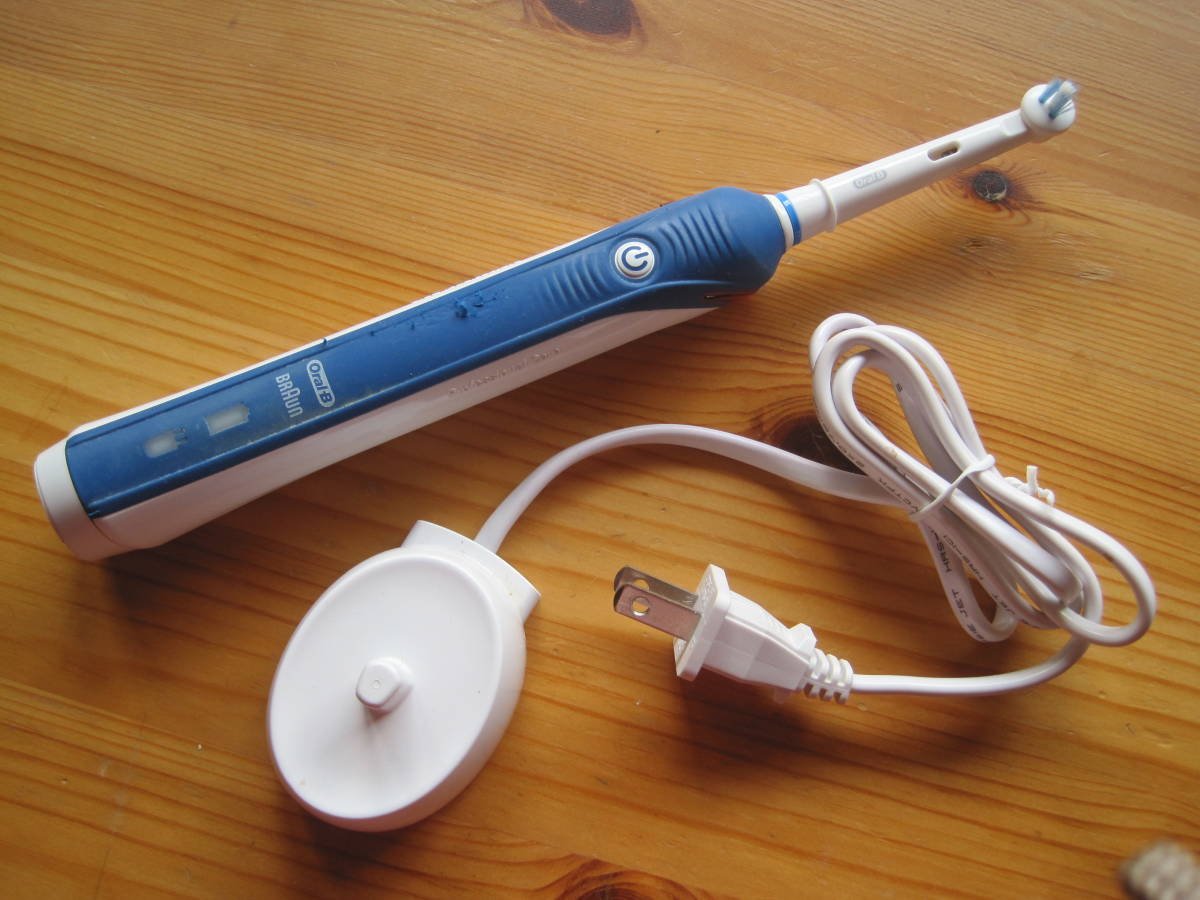
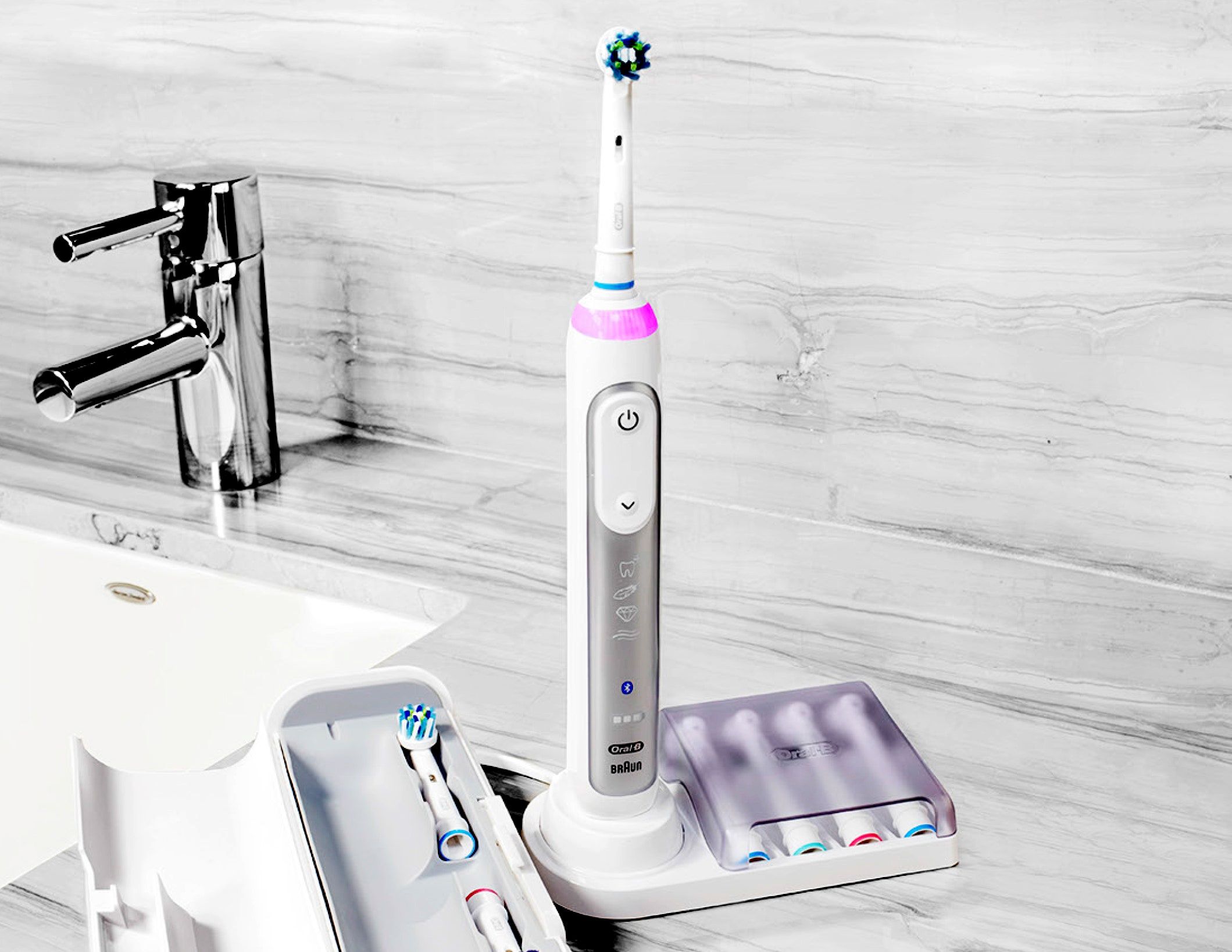
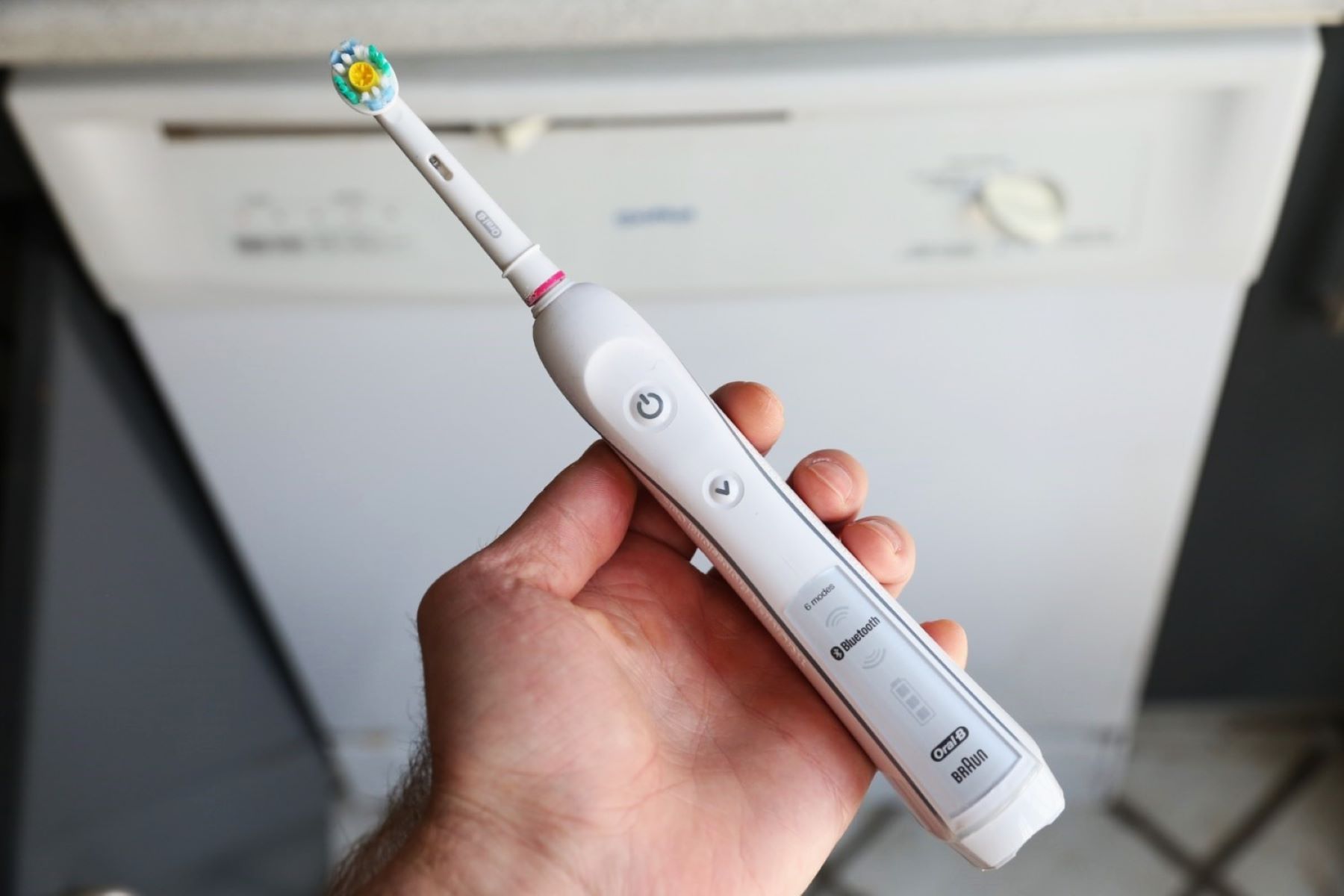
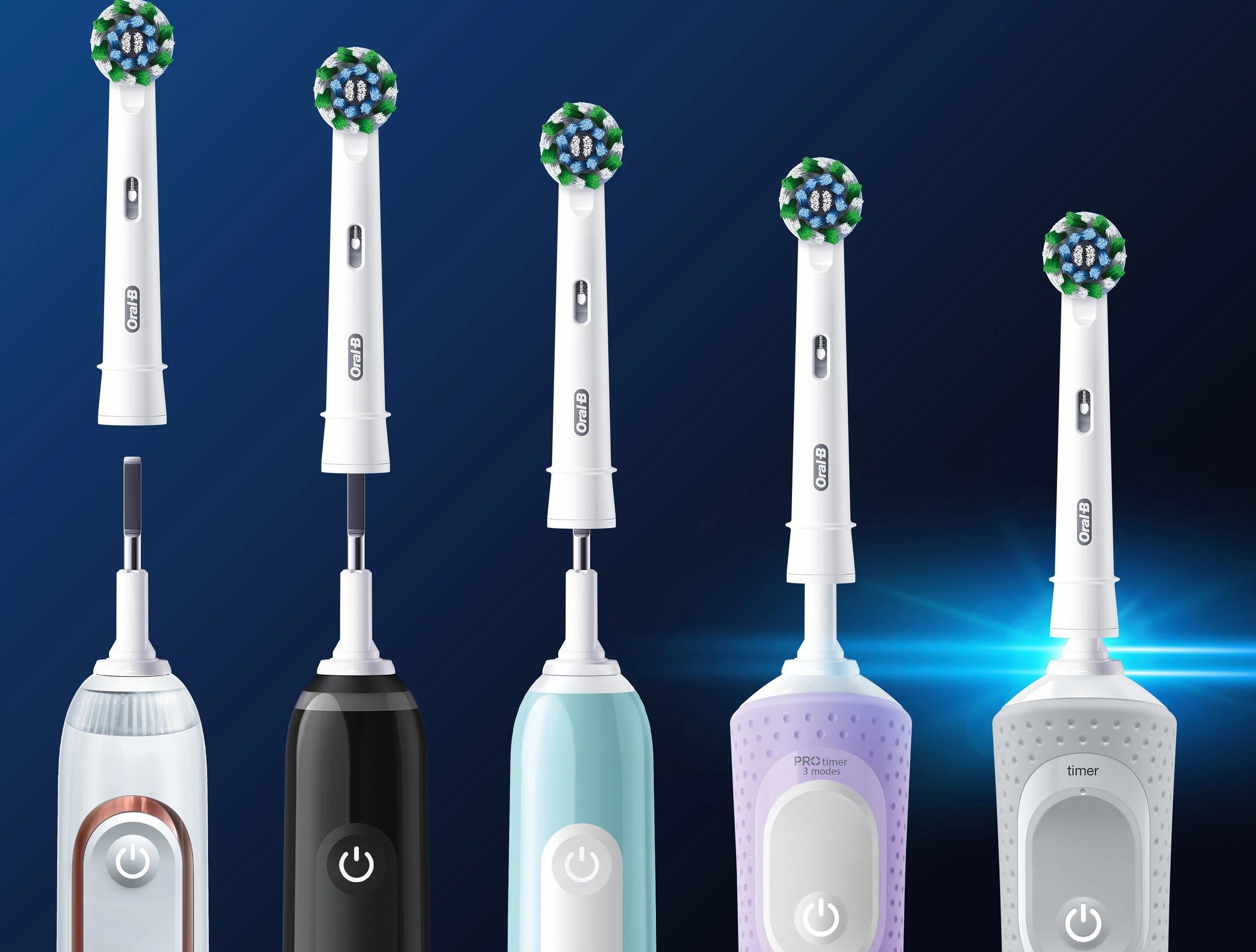
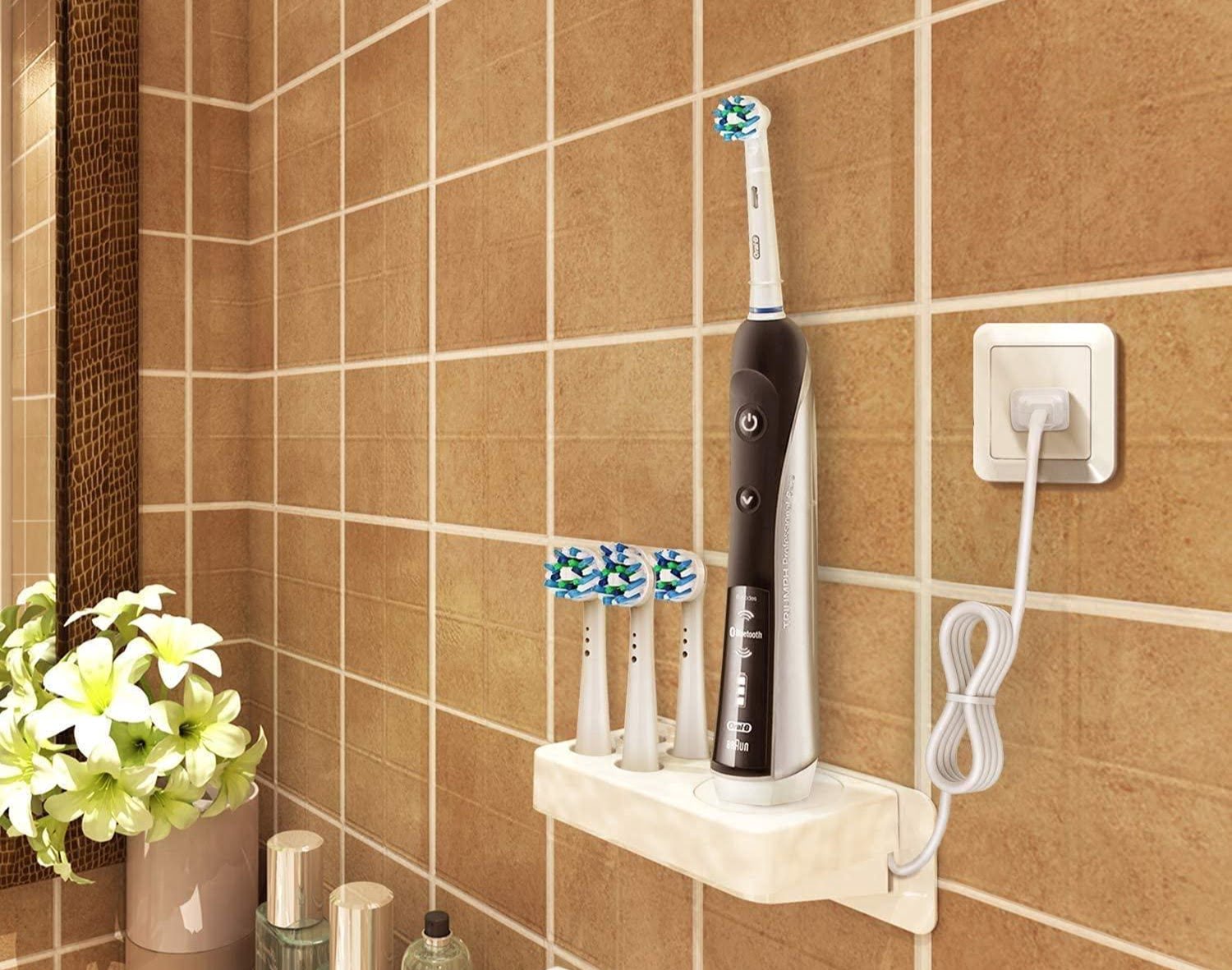
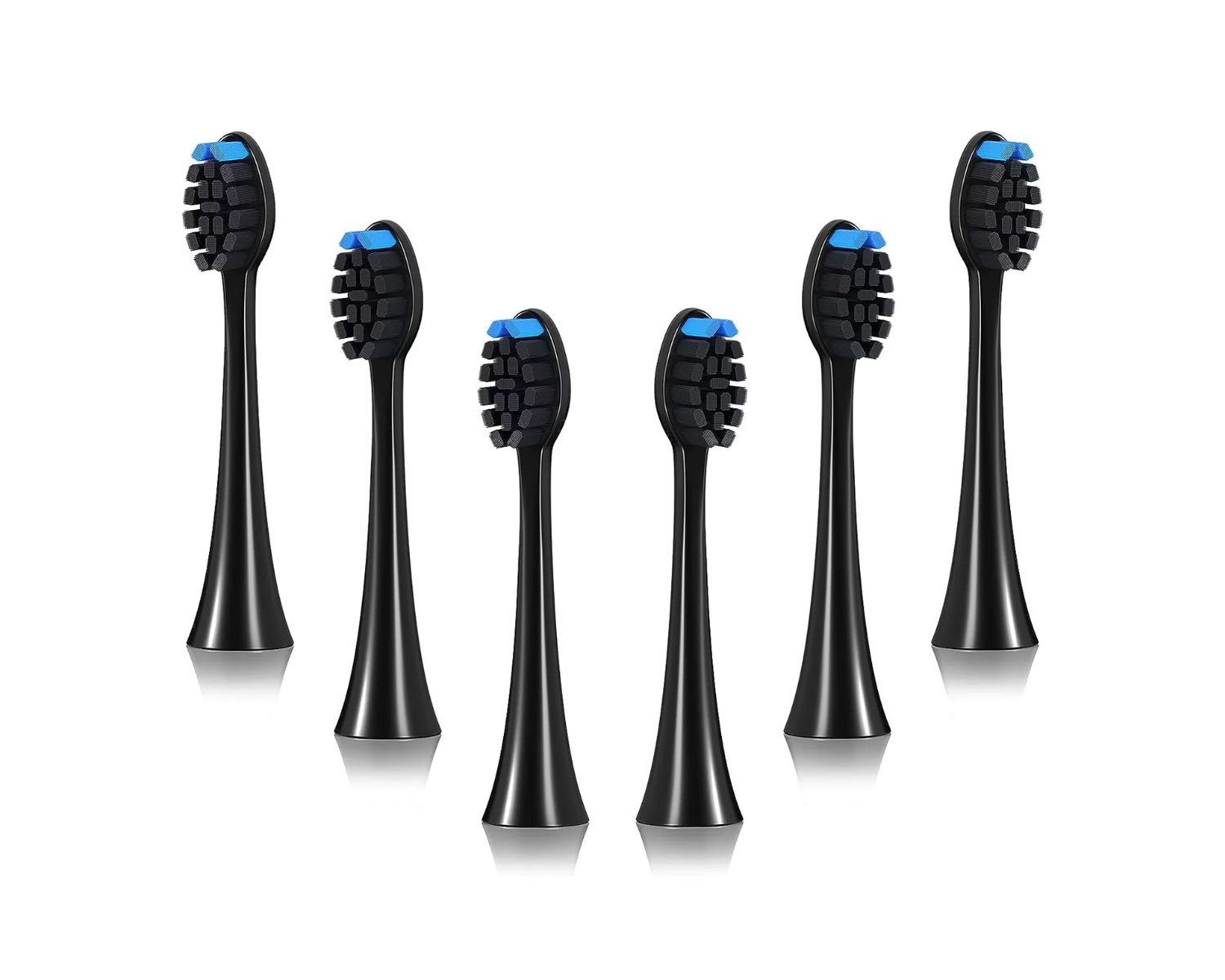
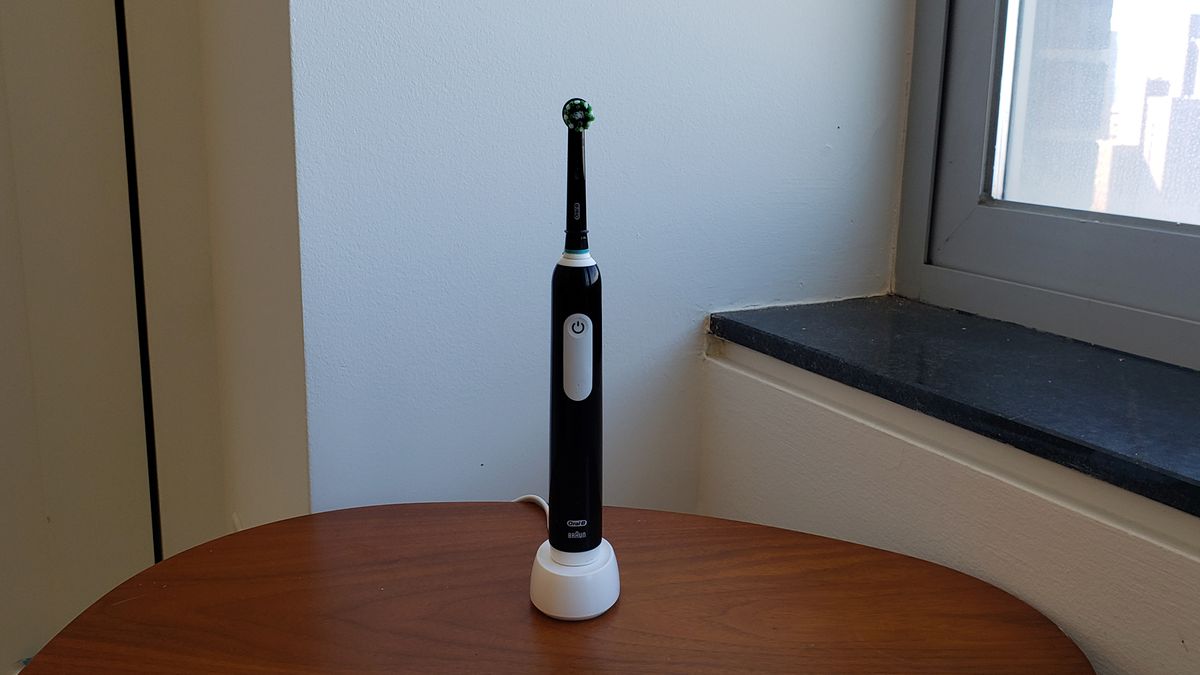

0 thoughts on “How Often Should You Change Oral-B Toothbrush Head”